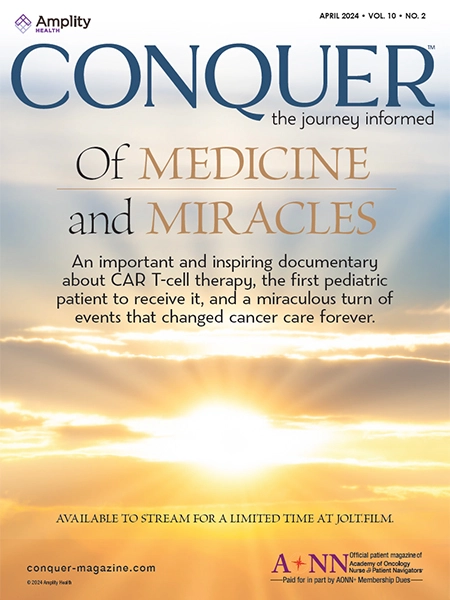Durability of benefit—the possibility for sustained remission in patients with previously incurable disease—is already one of the hallmarks of immunotherapy. According to recent statistical analysis, however, this durability may even exceed expectations.
Based on data from multiple KEYNOTE clinical trials, Matthew D. Hellmann, MD, estimates that up to 25% of patients with advanced non–small cell lung cancer (NSCLC) who received pembrolizumab will achieve long-term survival. When compared with a long-term survival rate of just 3% to 4% for patients who received chemotherapy, these findings underscore the “remarkable step forward” made with immunotherapy, Dr Hellmann said.
“We’re cautious to use these sorts of words, but these outcomes really do start to approach the concept of cure for patients with advanced cancer,” said Dr Hellmann, a medical oncologist at Memorial Sloan Kettering Cancer Center and Weill Cornell Medical College in New York City. “These aren’t just numbers on a curve or dots on a plot; these are patients that we see in clinic who are continuing to do well years after being given pembrolizumab.”
As Dr Hellmann reported at the 2017 ASCO-SITC Clinical Immuno-Oncology Symposium, although cytotoxic chemotherapy or tyrosine inhibitors provide some meaningful anticancer responses, progression invariably occurs. With the advent of immunotherapies, however, the survival curve for patients with several advanced cancers has fundamentally changed.
“Using conventional modeling, in which we assume that everyone progresses, the proportion of patients with long-term survival is potentially zero,” said Dr Hellmann. “In the context of immunotherapy, however, progression and death is not necessarily inevitable, and long-term survival models must consider the possibility of a plateaued survival when estimating outcomes further out.”
Using medium-term survival data from the KEYNOTE-001 and KEYNOTE-010 studies, in which previously treated PD-L1–positive patients with NSCLC were given pembrolizumab, Dr Hellmann and colleagues projected the percentage of patients who would achieve long-term survival.
“Our approach was to take an initial estimate of long-term survival in patients treated in KEYNOTE-001 and then independently examine data from KEYNOTE-010 to validate the reproducibility of that estimate,” Dr Hellmann explained.
With this model, based on KEYNOTE-001 data, the researchers estimated that 25.4% of patients on pembrolizumab therapy would survive long-term. Further analysis of KEYNOTE-010 cutoff data, which included 6 additional months of patient follow-up, found a long-term survival estimate of 21.5%. By contrast, docetaxel chemotherapy has an estimated long-term survival rate of 3% to 4% in the same patient population.
“The lives and the expectations of these patients have remarkably changed,” said Dr Hellmann, who emphasized that this is just the beginning of research into immunotherapy’s survival benefit.
“We’ve got a lot of work to do in understanding with precision who these people are in the tail of the curve so that we can get them the right therapy from the start. We also need to identify better therapeutic combinations in order to raise that curve further, but this is a good start,” Dr Hellmann concluded.













